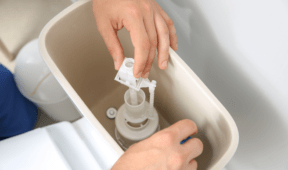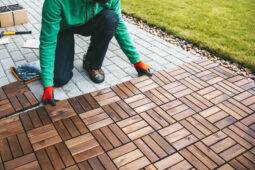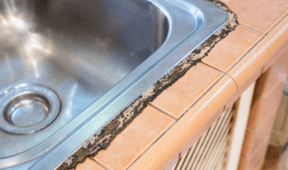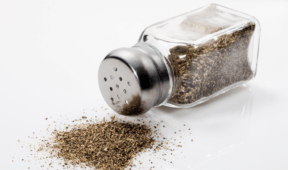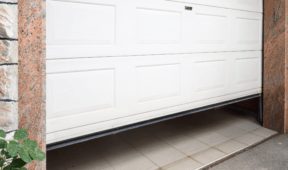Don’t Try To Fix Your Sink Without The Proper Tools—Here’s Why
Trying to fix a leaking or clogged sink on your own can seem like a quick way to save time and money, but without the right tools in hand, that plan can go sideways fast. A simple repair can turn into a bigger problem, leaving you frustrated, out more money, and possibly without a working sink. Here’s what you need to know before picking up that wrench.
The Risk of Making It Worse
You might think you’re just tightening a loose pipe or clearing a clog, but even small mistakes can lead to bigger damage. Stripped threads, cracked pipes, or snapped seals can all come from using the wrong tool or applying too much force. Water doesn’t wait around. Once it finds a weak point, it’ll spread fast and quietly, usually under the cabinet or into the walls. The fix for that? It’s not a plunger. You could be looking at water damage repairs, mold, or a bigger plumbing bill than if you’d called someone in the first place.

The Tools You’ll Actually Need
Sink repairs are specific. If you’re dealing with a clog or a leak, a few basic tools can go a long way, but they have to be the right ones. You’ll need a basin wrench for tight spaces under the sink. A pipe wrench or adjustable wrench for loosening or tightening metal fittings. A plumber’s putty and Teflon tape to reseal connections. A bucket and old towels to catch spills. For clogs, add a drain snake or a cup plunger, depending on the type of blockage. Needle-nose pliers and a flashlight can also help. If you’re missing one of these, you’ll feel it quickly.

Why “Close Enough” Tools Don’t Cut It
Using the wrong size wrench might seem harmless, but even a small mismatch can damage a nut or fitting. And makeshift solutions , like kitchen tongs or rubber bands, don’t grip right and tend to slip, often mid-turn. That slip can crack something or worse, injure your hand. Plungers meant for toilets don’t work well on sinks. A bent wire hanger won’t clear out a trap the way a drain snake will. Using something that’s actually designed to fit the job won’t add new problems.
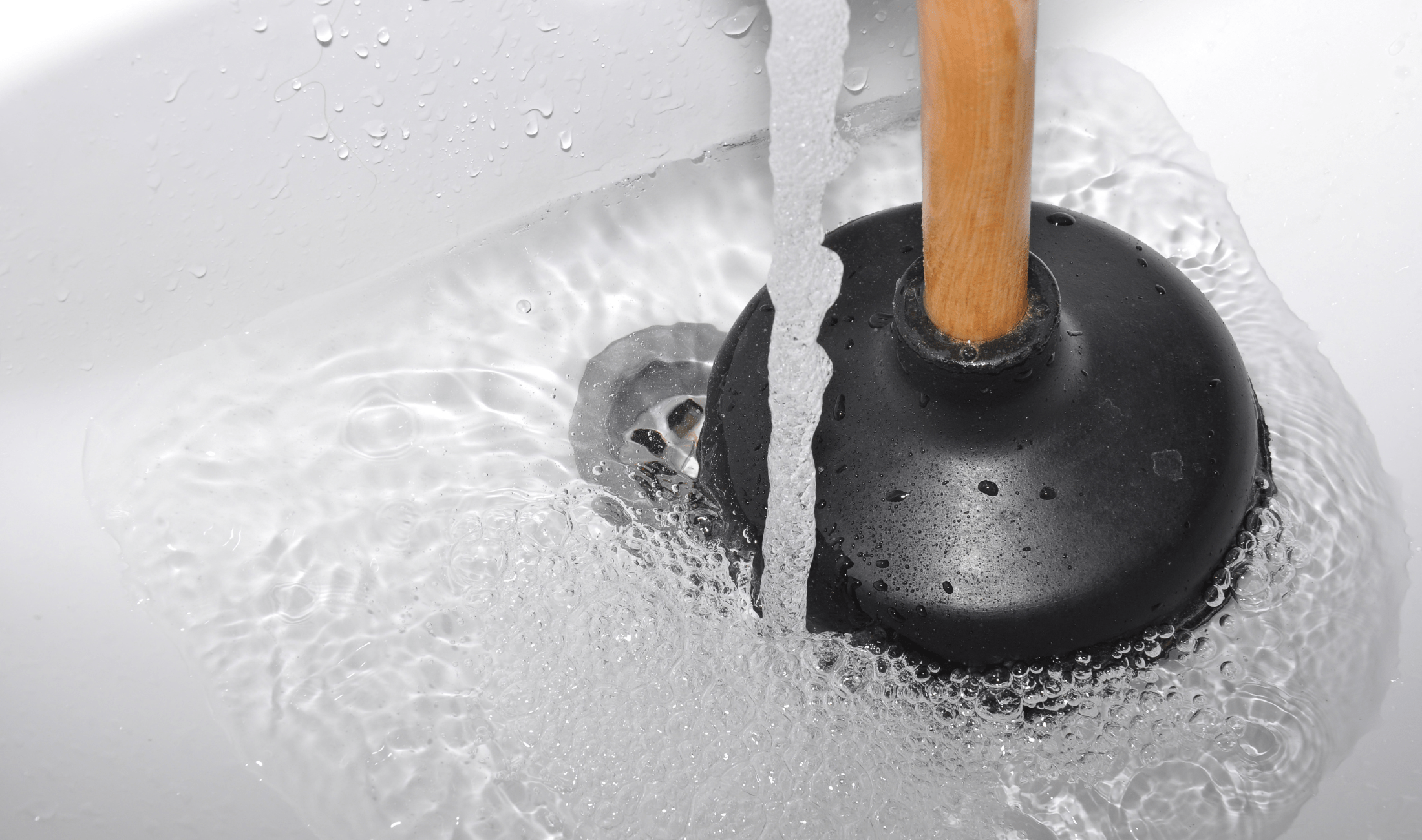
When It’s Just a Clog
For clogs, the right tool depends on the location. A slow drain might just need a cup plunger and some hot water. If that doesn’t work, a drain snake can be fed in to pull out or break up the blockage. Stay away from chemical drain cleaners as they’re harsh on pipes and usually don’t solve the actual problem. If the clog’s in the P-trap (the U-shaped pipe), you’ll need to remove it. That’s where a bucket, wrench, and patience come in. It’s not an extremely difficult at-home fix, but trying this without the right tools means you’ll likely leave a mess, or worse, damage the trap.
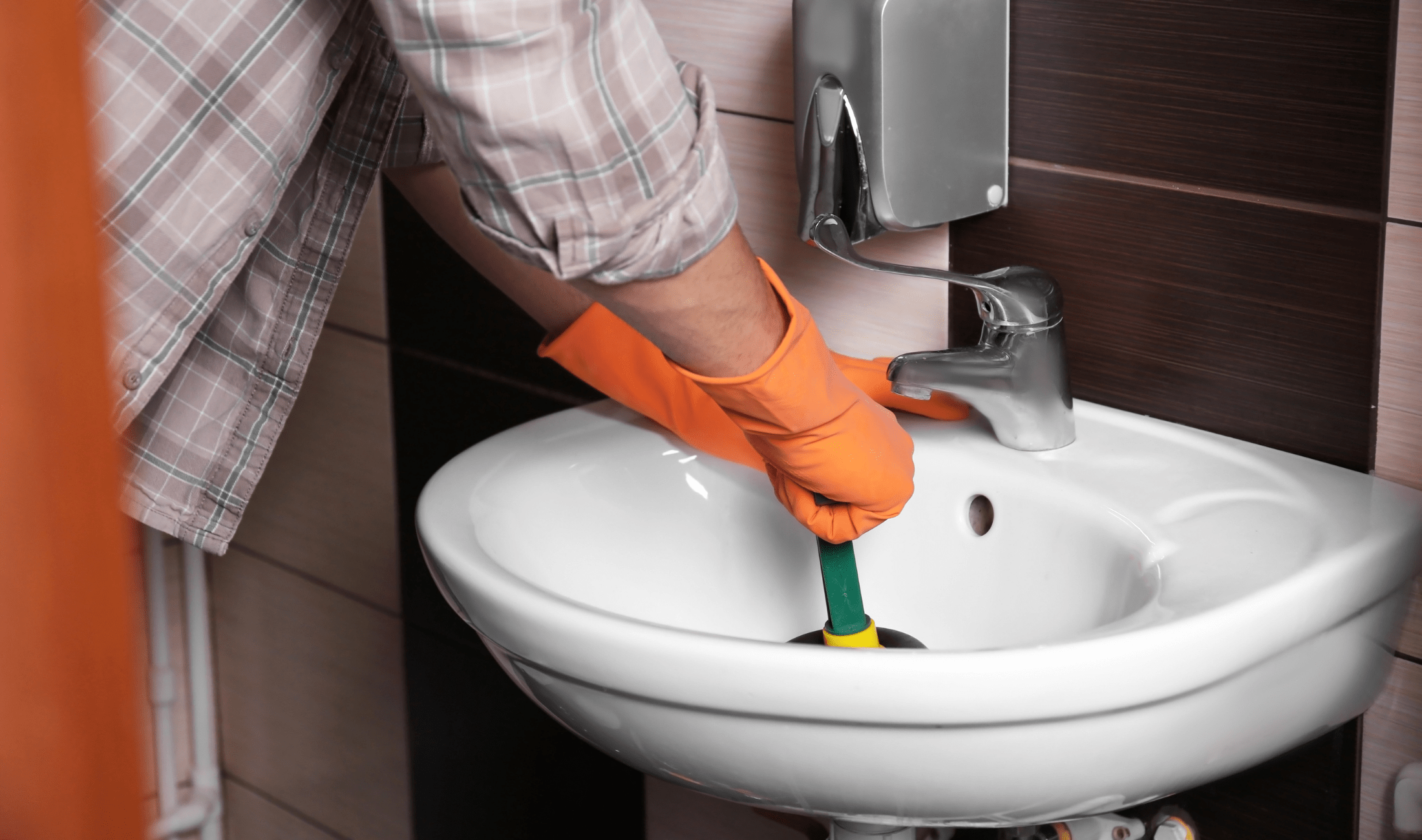
When It’s a Leak
Leaks often show up as slow drips under the sink, and they’re usually from worn-out seals, loose fittings, or cracks. You’ll need a flashlight to find the source, and a wrench to tighten things carefully. If you over-tighten or twist at the wrong angle, you can break a fitting or pipe. Teflon tape is necessary here to reseal threads, while plumber’s putty helps on joints. If the leak is where two pipes meet, be careful, as forcing it apart without the right tools or know-how could damage the whole joint.
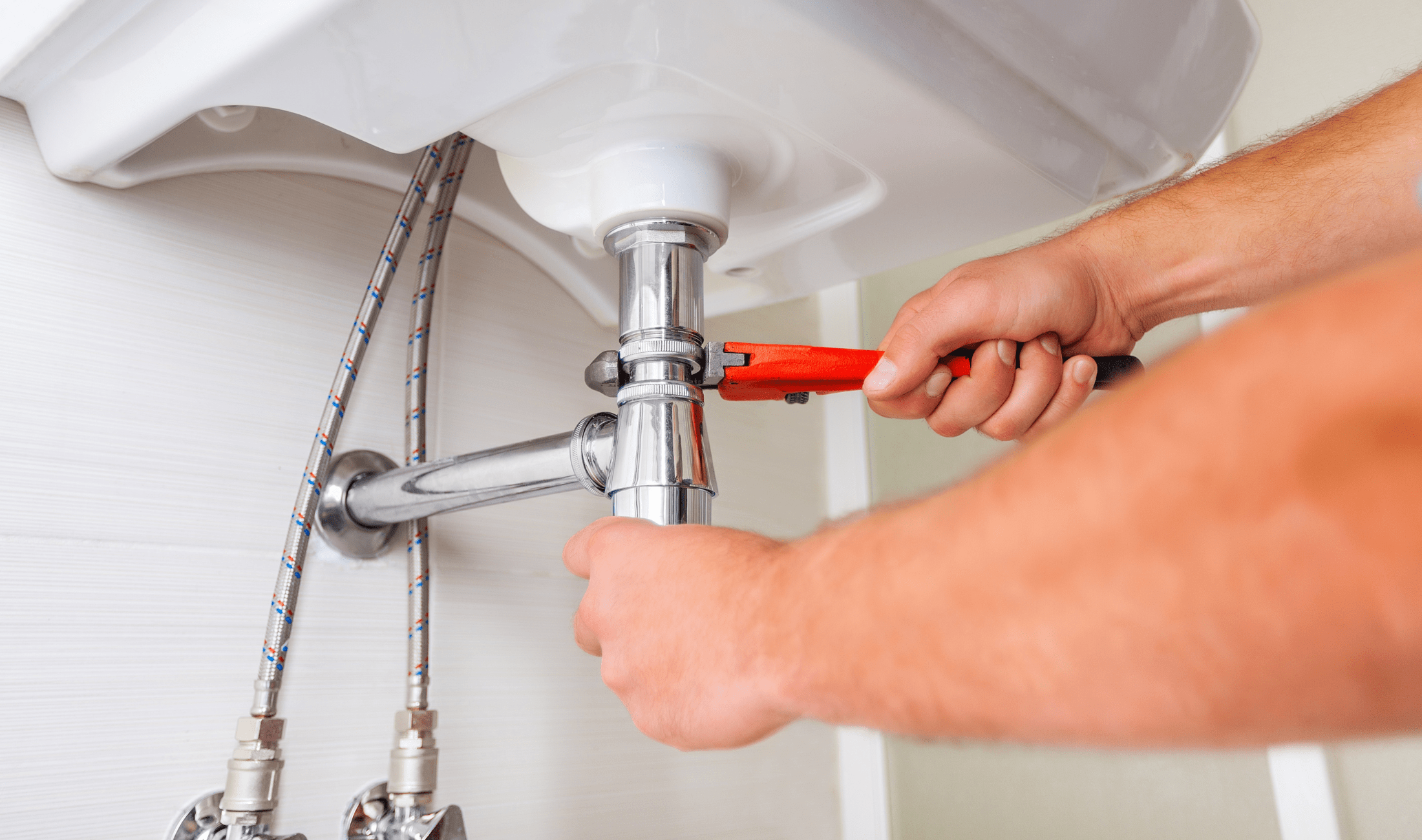
Beware Overconfidence
A lot of people go into DIY repairs with confidence but forget that confidence doesn’t fix things, preparation does. Watching a quick video or reading a guide can help, but it doesn’t replace the hands-on experience or tools. If you find yourself guessing or unsure of what to do next, take a step back. It’s better to pause and figure out what you’re missing than push through and break something. Knowing when not to proceed is part of being capable. The goal is a working sink, not just a “repaired” one that holds together for a few days.

Related Articles
- 5 Easy Ways To Unclog Your Bathroom Sink
- 8 Tips for Installing a New Sink Yourself
- 5 Hacks for Preventing a Sink from Becoming Stinky

